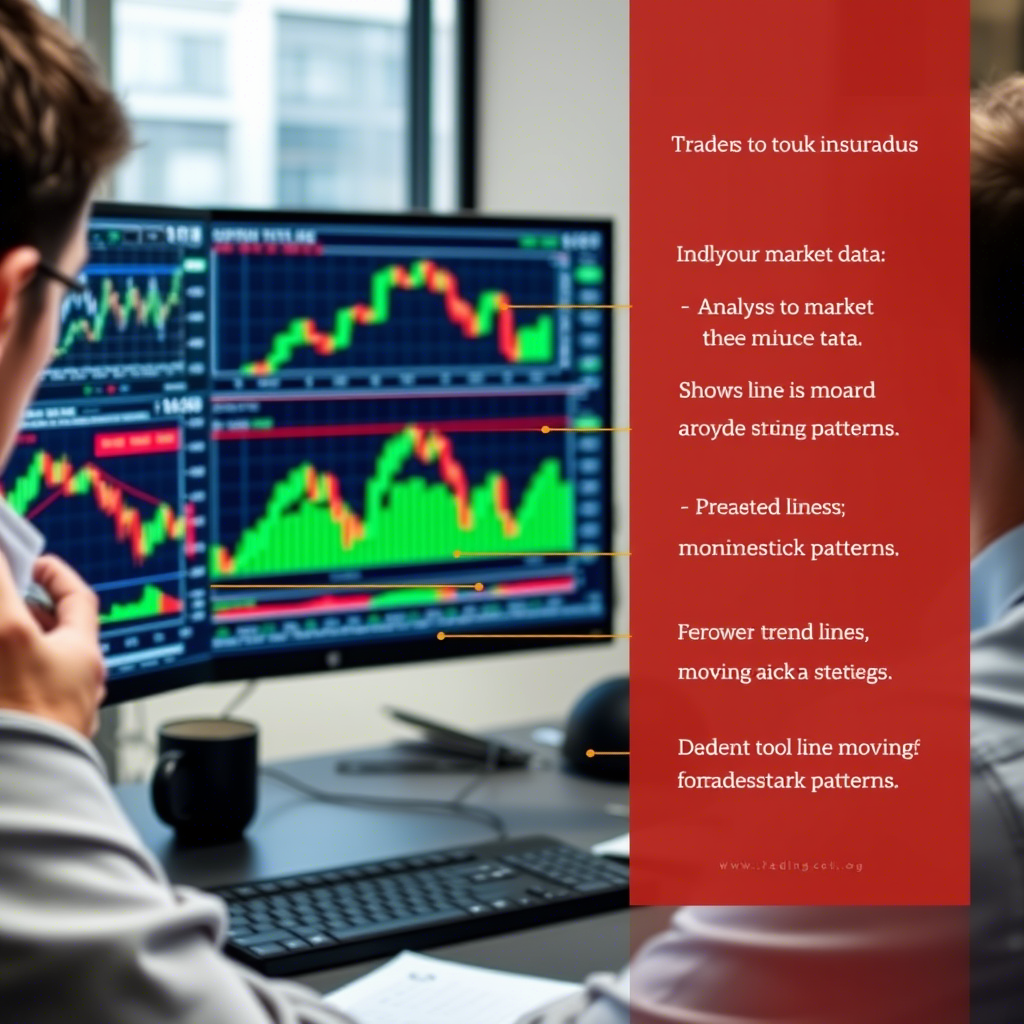Understanding the Financial Market: A Beginner’s Guide to Trading and Investing

Understanding the Financial Market: A Beginner’s Guide to Trading and Investing
What is the Financial Market?
The financial market is a vast ecosystem where individuals, institutions, and governments buy and sell assets like stocks, bonds, currencies, and commodities. It facilitates the exchange of capital, enabling economic growth and wealth creation. For beginners, understanding the financial market is the first step toward successful trading and investing. This guide provides a clear, comprehensive introduction to the financial market, key concepts, and practical steps to get started.
Types of Financial Markets
Financial markets are diverse, each serving a unique purpose:
- Stock Market: Where shares of companies are traded, allowing investors to own parts of businesses (e.g., Apple, Tesla).
- Forex Market: The global market for trading currencies, like EUR/USD, operating 24/5 with high liquidity.
- Bond Market: Where debt securities are issued and traded, such as government or corporate bonds.
- Commodity Market: For trading physical goods like gold, oil, or agricultural products.
- Derivatives Market: Involves contracts like options and futures, derived from underlying assets.
- Cryptocurrency Market: A newer market for digital assets like Bitcoin and Ethereum.
Trading vs. Investing
- Trading: Involves frequent buying and selling to profit from short-term price movements. Traders use technical analysis (charts, indicators) and may hold positions for hours, days, or weeks.
- Investing: Focuses on long-term growth by holding assets for years. Investors rely on fundamental analysis (company performance, economic trends) to build wealth over time.
Key Concepts for Beginners Financial Market
- Asset: Anything with economic value that can be traded, such as stocks, bonds, or currencies.
- Broker: A platform or firm that facilitates trades. Choose a regulated broker with low fees and a user-friendly interface.
- Liquidity: How easily an asset can be bought or sold without affecting its price. Forex and stocks are highly liquid; real estate is less so.
- Volatility: The degree of price fluctuations. High volatility offers opportunities but increases risk.
- Leverage: Borrowing funds to amplify trades. For example, 10:1 leverage means $1,000 controls $10,000, magnifying both gains and losses.
- Spread: The difference between the buy (ask) and sell (bid) price, representing the broker’s fee.
- Diversification: Spreading investments across asset types to reduce risk.
How to Start Trading and Investing
- Educate Yourself: Learn the basics through books, online courses, or tutorials. Understand market mechanics, strategies, and risks.
- Set Goals: Decide whether you want short-term profits (trading) or long-term growth (investing). Define your risk tolerance and financial objectives.
- Choose a Broker: Select a regulated broker with tools suited to your goals. For trading, prioritize platforms with real-time data; for investing, focus on low-cost options.
- Open an Account: Start with a demo account to practice or a live account with a small initial deposit.
- Analyze the Market:
- Technical Analysis: Use charts, indicators (e.g., RSI, moving averages), and patterns to predict price movements.
- Fundamental Analysis: Study economic data, company earnings, or global events to assess asset value.
- Develop a Strategy:
- For trading: Try trend-following (ride market trends), range trading (buy low, sell high), or scalping (quick, small trades).
- For investing: Focus on diversified portfolios, index funds, or blue-chip stocks for stability.
- Execute and Monitor: Place trades or investments, set stop-loss orders to limit losses, and regularly review your portfolio.
Risk Management
Both trading and investing involve risks. Protect your capital with these practices:
- Risk Only What You Can Afford: Never trade or invest money needed for essentials.
- Use Stop-Loss Orders: Automatically exit losing positions to cap losses.
- Diversify: Spread investments across assets to minimize the impact of a single loss.
- Limit Leverage: High leverage can lead to significant losses, especially in volatile markets.
- Position Sizing: Risk 1-2% of your account per trade to avoid large drawdowns.
Tools and Platforms
Popular platforms include MetaTrader 4/5 for forex trading, Robinhood or Fidelity for stocks, and Coinbase for cryptocurrencies. Choose platforms with robust charting tools, low fees, and mobile access. Many offer demo accounts for practice, helping you test strategies without financial risk.
Tips for Beginners
- Start Small: Begin with small trades or investments to gain experience.
- Practice with a Demo Account: Simulate real market conditions to build confidence.
- Keep a Journal: Record trades and investments to analyze successes and mistakes.
- Stay Informed: Follow economic news, market trends, and company updates.
- Be Patient: Trading and investing require time to master; avoid chasing quick profits.
- Control Emotions: Fear and greed can lead to poor decisions. Stick to your plan.
Common Mistakes to Avoid
- Lack of Research: Trading or investing without understanding the market increases risk.
- Overtrading: Excessive trading can lead to high fees and losses.
- Ignoring Fees: Broker commissions and spreads can erode profits over time.
- Chasing Trends: Buying assets at peak prices due to hype often leads to losses.
- Neglecting Risk Management: Skipping stop-losses or overleveraging can wipe out accounts.
Psychological Discipline
Success in financial markets requires mental resilience. Emotional decisions, like panic-selling during a dip or overbuying during a rally, often harm performance. Develop a routine, follow your strategy, and take breaks to maintain a clear mindset. Confidence comes from preparation and consistency, not luck.
Building Wealth Over Time
Trading can generate quick profits but is riskier and demands constant attention. Investing builds wealth gradually with less stress, ideal for beginners seeking stability. Combine both approaches if your goals and resources allow, but always prioritize risk management. Continuous learning and adapting to market changes are key to long-term success.
Practical Steps to Begin
- Study: Read books like “The Intelligent Investor” for investing or “Currency Trading for Dummies” for forex.
- Choose an Asset Class: Start with stocks or forex due to their accessibility and liquidity.
- Open a Demo Account: Practice for at least a month to understand market dynamics.
- Start Small: Invest or trade with a small amount, like $100-$500, to limit early losses.
- Review Regularly: Assess your performance weekly or monthly to refine your approach.
Conclusion
The financial market offers opportunities for wealth creation, but it’s not a shortcut to riches. Beginners must approach trading and investing with education, discipline, and a clear strategy. Start with demo accounts, focus on risk management, and build skills over time. Whether you aim for short-term trading gains or long-term investment growth, patience and consistency are your greatest assets. Embrace the learning process, stay disciplined, and trade or invest within your means to navigate the financial market successfully.




